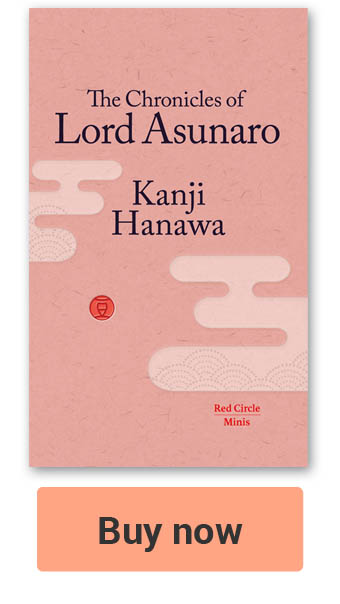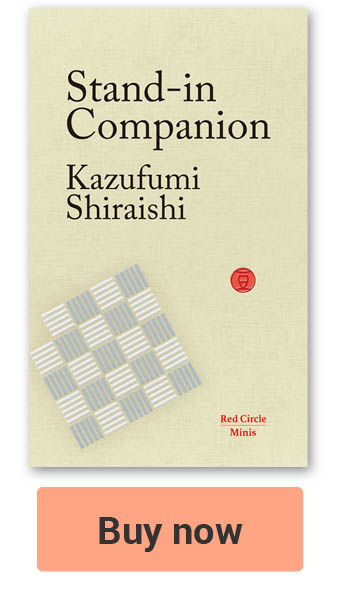- Robots
Two influential books from the 1700s helped shape Japan as a Robot Nation[UPDATED: 8-21-2020]
Japan is sometimes referred to as the Robot Kingdom due to its large number of robots and its openness to new technologies including robotics.
Japan has more industrial robots than most countries; and more Artificial Intelligence (AI) patents than any other, according to some OECD measures. The government even has a written strategy that articulates the steps the nation will take towards becoming Japan as a Robotics Superpower.
Two books published in 1730 and 1796 played a very important role in Japan’s development into the so-called Robot Nation it is today.
Both books were about mechanical Japanese toys known as Karakiri Ningyo. These two Karakuri books helped increase the popularity of these intricately designed mechanical Japanese automata, and position robots as fun and unthreatening devices in most Japanese people’s minds.
The 1796 book by Hosokawa Honzo Yorinao (1741-1796), Karakuri zui, sometimes described as Japan’s first mechanical engineering textbook, has been particularly influential.
It provided detailed diagrams and descriptions of how to make Karakiri Ningyo, which are still used today by hobbyists and craftsmen to repair and reproduce this early form of home-entertainment robots.
Even though Japan’s Karakuri roots go back much further with some believing as far as AD 697, the influence of these books, like the automata themselves, has had long-term and significant impact on Japan, its industry; and even the wider world. Japanese engineers at firms such as Toyota have referred to them and copied some of their design concepts in their products.
And The British Museum has a woodblock print of Hosokawa’s book, titled Compendium of Clever Machines, in its famous collection.
These two books and Japan’s rich and creative history of robot books in general, which includes both fiction and non-fiction, continues to influence and inspire robot engineers and researchers, as well as writers in Japan.
Some of Japan’s most renowned contemporary storytellers such as Kazufumi Shiraishi and Soji Shimada have, for example, joined many other talented writers penning robot and cyborg tales.
Works such as their respective Stand-in Companion and One Love Chigusa, generating a virtuous circle of creativity that seems to be providing perpetual momentum to this trend and the evolution of robot books, robot technology and its literature in Japan, and perhaps even robots themselves.







